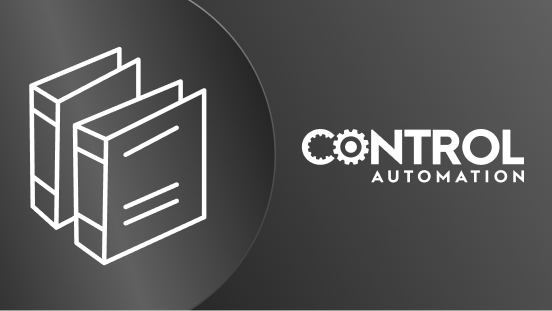
Process analyzers measure the concentration of specific substances for the purpose of measuring and/or…
Textbook

Any physical location in an industrial facility harboring the potential of explosion due to the presence of…
Textbook

A Safety Instrumented Function, or SIF, is one or more components designed to execute a specific…
Textbook

When a high-energy photon strikes an atom, it may eject one of the lower-level electrons from its shell,…
Textbook

In the United States, the most common language used to program PLCs is Ladder Diagram (LD), also known as…
Textbook

Suppose we wished to measure the consumption of propane over time for a large propane storage tank supplying a…
Textbook

An important legacy technology for all kinds of continuous measurement is the self-balancing system. A…
Textbook

A powerful mathematical concept useful for analyzing practically any physical system – electrical…
Textbook

Any power grid large enough to meet the demand of an entire nation must have multiple generators drawing from…
Textbook

A number of different sensors used in instrumentation generate DC voltage signals proportional to the process…
Textbook

Volumes could be written about poor diagnostic technique. The following mistakes are not intended to comprise…
Textbook

A variety of technologies exist to measure the quantity of stored material in a vessel. For liquid…
Textbook

The advent of “smart” field instruments containing microprocessors has been a great advance for…
Textbook

Nearly every technical course teaches and tests students on definitions, basic concepts, and at least some…
Textbook

Lipták, Béla G. et al., Instrument Engineers’ Handbook – Process Measurement and Analysis Volume I,…
Textbook

An engineer named Bob Metcalfe conceived the idea of Ethernet in 1973, while working for the Xerox research…
Textbook

One of the most common, and most useful, pressure measuring instruments in industry is the differential…
Textbook

Although it seems each model of PLC has its own idiosyncratic standard for programming, there does exist an…
Textbook

Tube, like pipe, is a hollow structure designed to provide an enclosed pathway for fluids to flow. In the case…
Textbook

The dispersion of visible light into its constituent colors goes all the way back to the 17th century with…
Textbook

The electrical conductivity of liquids is an important analytical measurement in many industrial processes.…
Textbook

A damper (otherwise known as a louvre) is a multi-element flow control device generally used to throttle large…
Textbook

A different strategy for controlling the flow of fluid is to insert a rotary element into the flow path.…
Textbook
